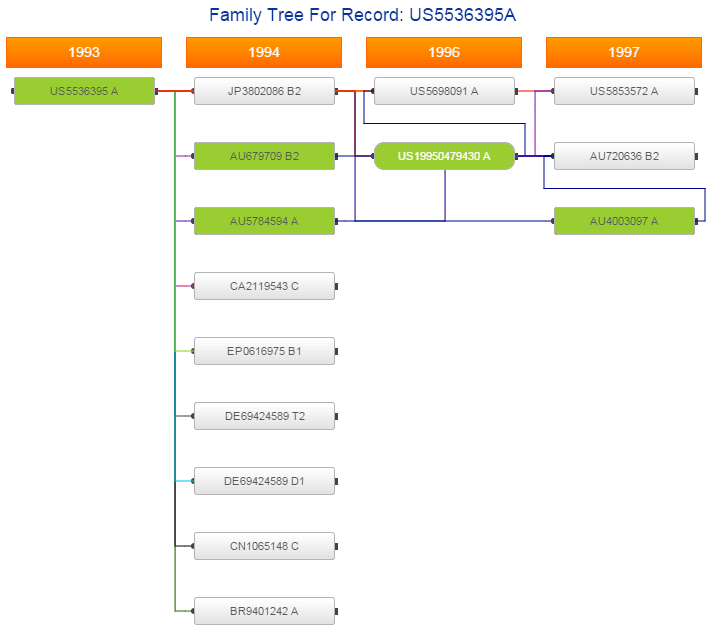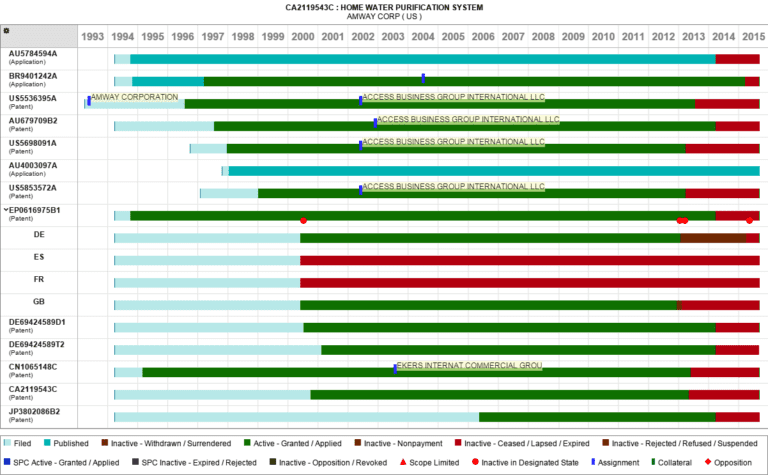Freedom to operate (FTO) Analysis with PatSeer
Share:
Introduction
“Freedom to operate” is applicable to testing or commercializing a product without infringement of valid intellectual property rights. IP rights have specific jurisdictions, “FTO” analysis should relate to particular countries or region where one wants to operate. You might have complete freedom to operate if there are no patents, other IP rights, the process used to make it or the way you wish to market it. Determining whether there is freedom to operate in any particular jurisdiction is a reason why you need a patent searching and analysis tool.
Discovery of a patent application or patent in the database that seems to relate to the action for which you are seeking FTO can cause you to decide against your FTO action or alter it. You will have to dig deeper to determine if patents have been applied for in many countries; if the claimed matter is protected only where it has jurisdiction. Patents that are issued may not still be in force if regular payments are due; patent expiry dates, and later on, you will have to examine the narrow and broad claims.
Valid intellectual property rights of others should not be infringed by your actions. To obtain freedom to operate you need to determine the information regarding the legal status of the patent and its family members. This will help you determine your strategy to those rights by negotiating for a license with the owner of the IP.
FTO in a country with many valid patents covering the action may need many licenses from many different authorities – a situation known as patent “thicket”. Such a case will need great research and caution. You need to be supported with real time accurate data from all the possible databases. The data should be generated in a form that helps you make your valued timely decisions. PatSeer is one such tool that can help you determine and guide you with the process giving data on a patent with easy representation.
“Patent pending” expresses a warning that an invention is the subject of a patent application. The alert to a third party not to infringe after the patent is granted benefits the inventor. It is however, not possible to determine this without knowing the legal status of patents and interrelated patents. One needs clear functionalities which give clear comprehensive data, as is possible with web-based global patent database and research platform PatSeer.
If you were to file a patent in the United States then in a span of 12 months you can claim priority in other countries. But you must know for sure that the patent is valid in terms of its expiry, if it not abandoned, what are the other patents in the family, what is the priority of them and in which country they hold validity. PatSeer allows you to use it legal status current and legal status current event to determine this information. The handy listing generated shows the legal status of all the patents in a family and each one can be selected to see it priority, legal transfer, country where it was filed in a very informative tabular representation.
For carrying FTO search, you must cover the market(s) where the product or process is to be practiced. Only patents are searched for an FTO, since only patent claims affect FTO. Non patent documents are not searched for an FTO search. In certain projects, to keep a broad approach pending published applications are also searched.

PatSeer integrates a dual-family definitions engine and a publication-based engine at search level itself to combine the benefits of both databases and offers you full flexibility in how you search, display and view your result-set, thereby making it a hybrid database. So while records in PatSeer show up as individual publications when you collapse them by INPADOC (Extended) or Simple Family, your results viewing and subsequent analysis (lists/charts) can be completely controlled by giving a country preference. Your preferred country’s record will be selected even its equivalent has matched your search query. This way if you are only interested in viewing and analyzing the records for a particular country, you can be sure that the results you see comprehensively cover all matching inventions filed in that country. Further all charts and statistics that you generate can be presented by No. of publications, No. of Simple Families or No. of INPADOC families.

Analyzing and understanding the family of patents is also important aspect. PatSeer thereby allows you to visualize relationship between all the publications that result from the original application.
As can be seen US5536395 is the originating publication and all other patent documents result from the same.

The legal status timeline analyses all the events across family members showing how the legal status has changed over a period of time and it even displays the events occurring for designated status in case of EP, WO.

Legal status information is an important component of patent information as it determines
• Whether examination of a patent application is still pending
• Whether the application was withdrawn or rejected
• Whether a patent has been granted and is still valid
• Whether a granted patent has expired, lapsed or been revoked due to an opposition
Thereby helping in identifying when the desired product or process shall be permissible in the particular jurisdiction.
